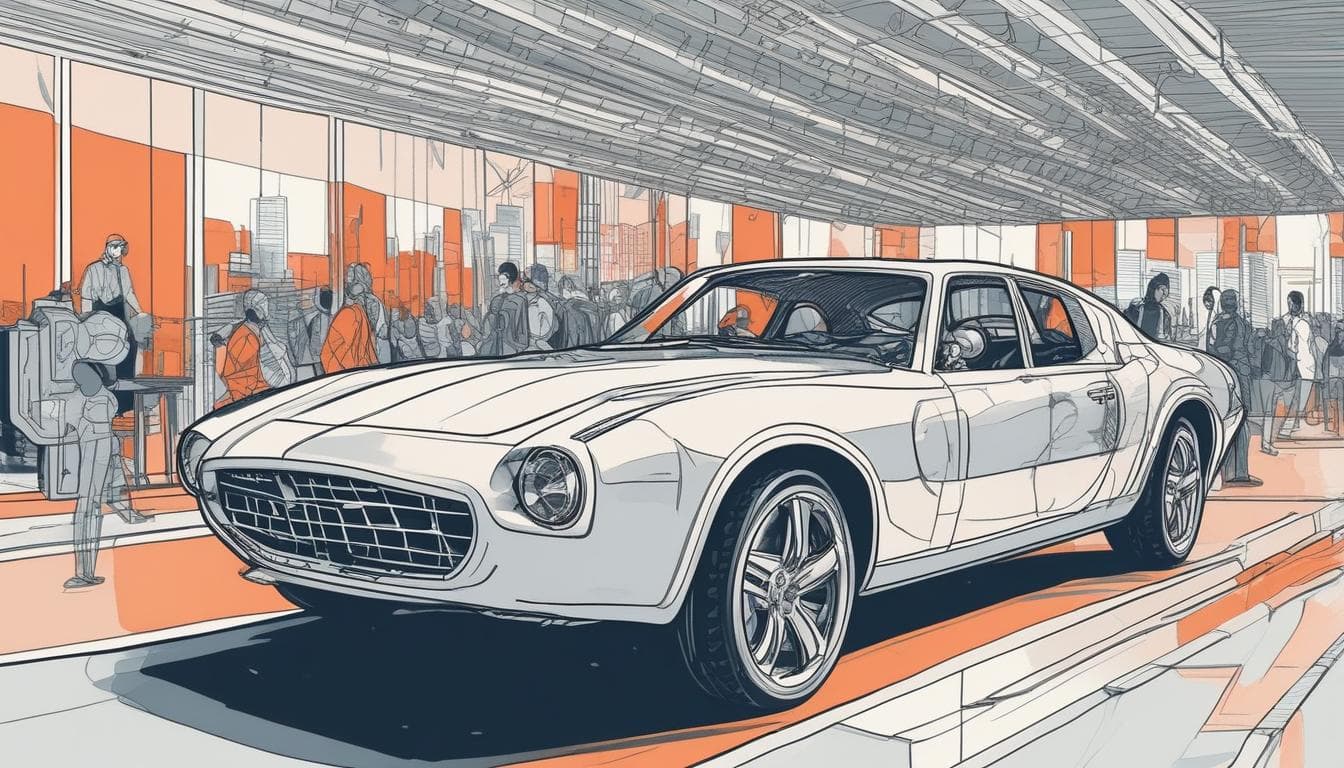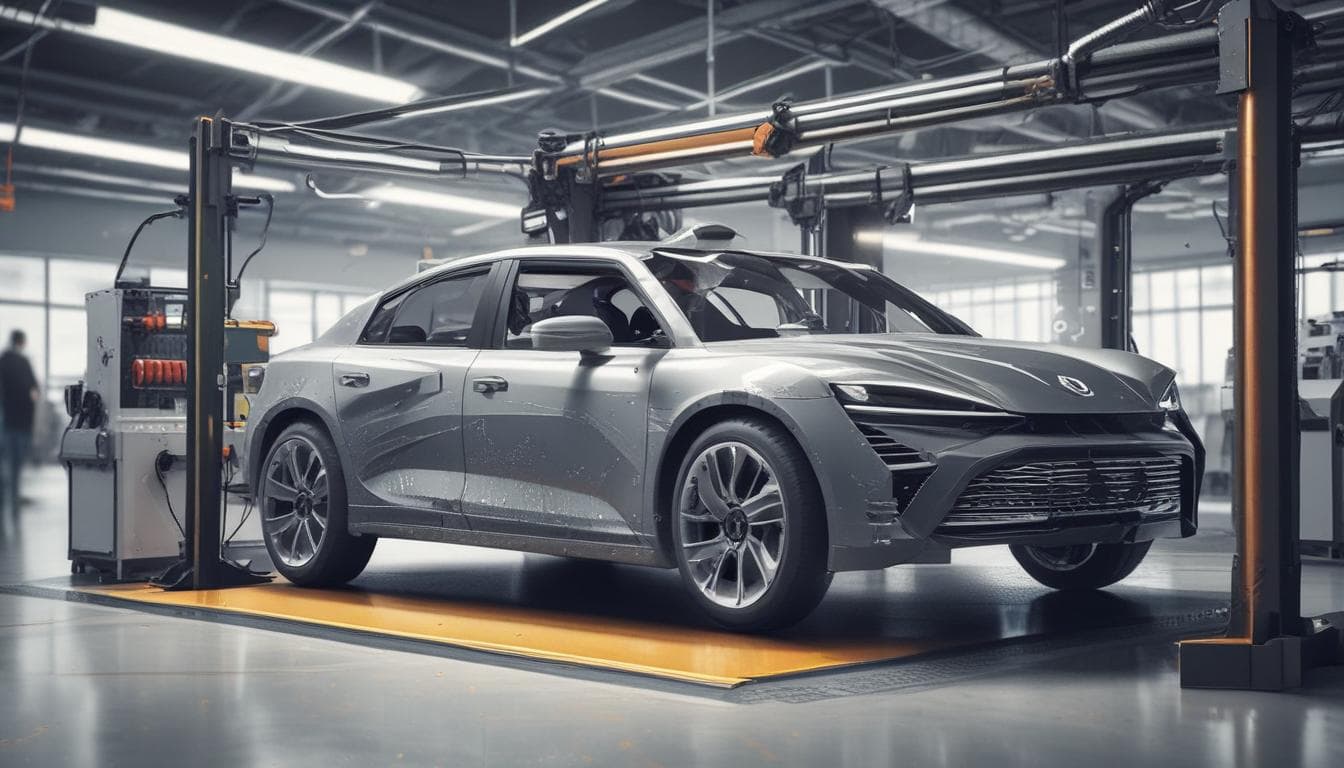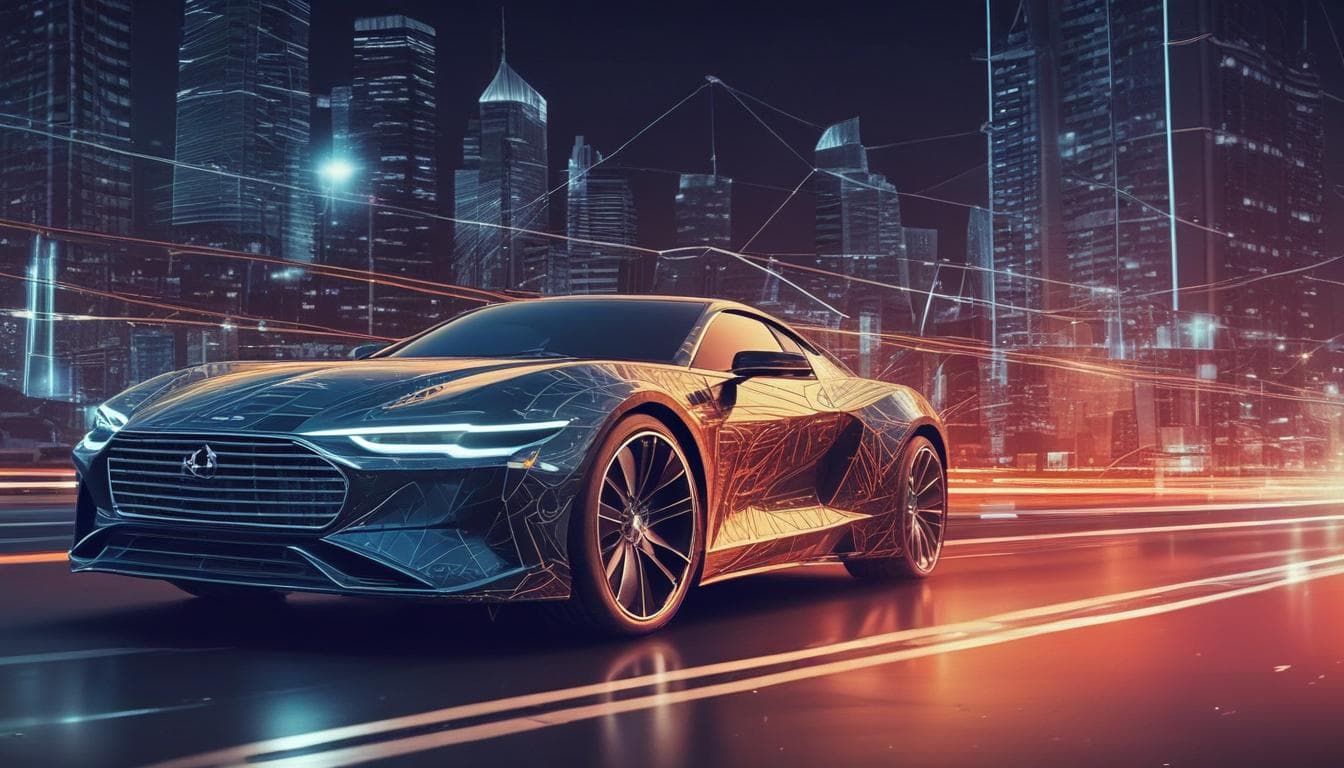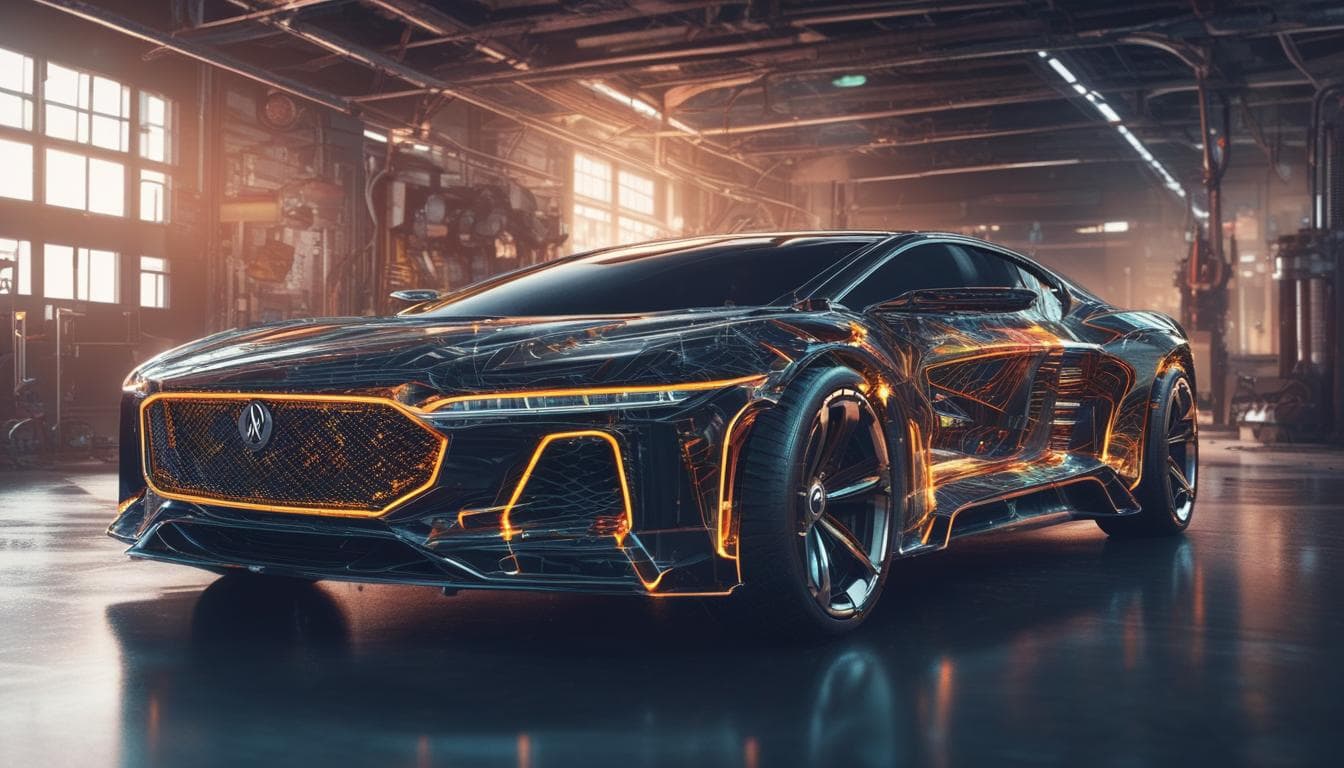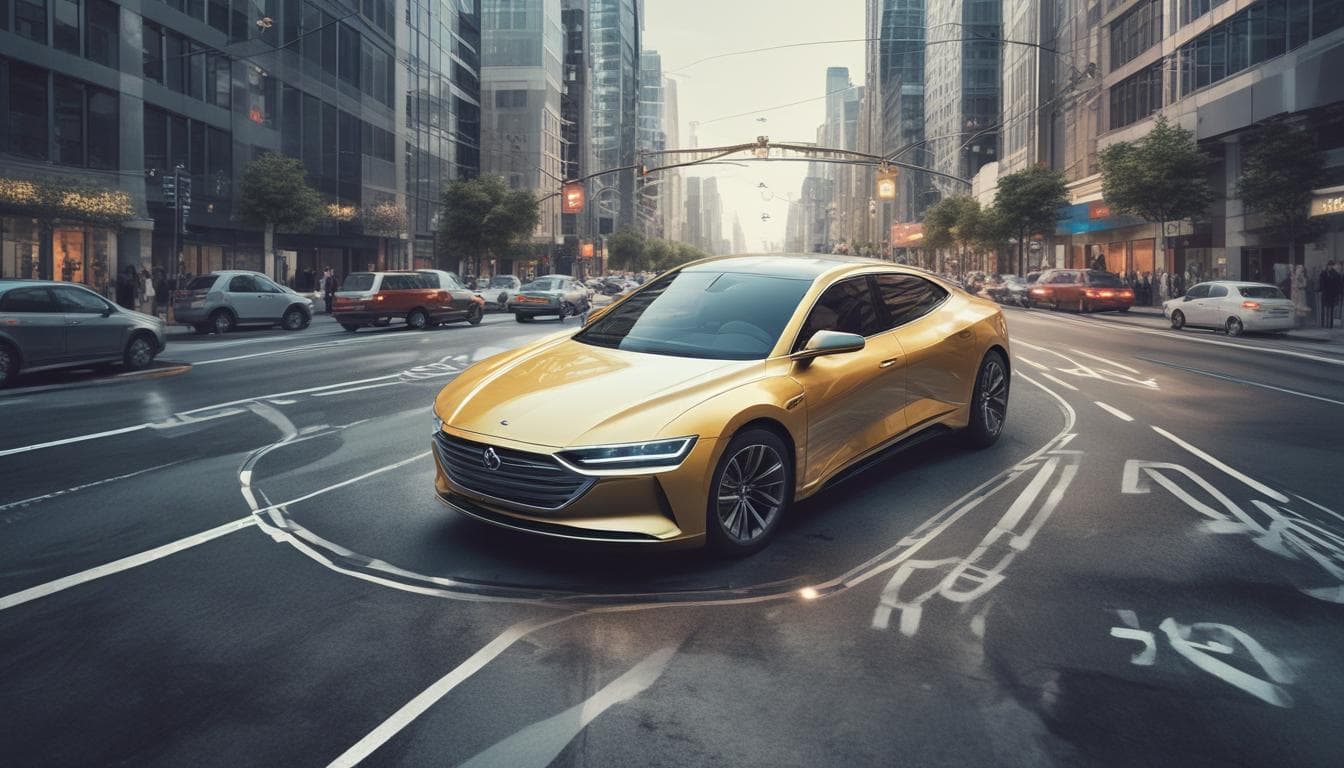The automotive industry is undergoing a profound transformation, driven by rapid advancements in artificial intelligence (AI). Beyond simply automating tasks, AI is now emerging as a collaborative partner, an 'AI co-pilot,' augmenting the capabilities of human designers and engineers. This partnership is reshaping the entire automotive development lifecycle, from initial concept sketches to final production, unlocking new levels of creativity, efficiency, and innovation.
The Evolution of AI in Automotive Design
Historically, computer-aided design (CAD) software revolutionized the automotive industry, replacing traditional drafting boards with digital tools. However, these tools primarily served as sophisticated drawing instruments, requiring designers to manually translate their ideas into digital models. The introduction of AI is taking this a significant step further.
From CAD to Generative Design
Generative design, powered by AI algorithms, represents a paradigm shift. Instead of directly creating a design, engineers define parameters, constraints, and objectives (e.g., weight, strength, material cost). The AI then explores thousands of design possibilities, iterating and optimizing based on these inputs. This process can uncover unconventional and highly efficient designs that might not have been conceived by human designers alone. For a deeper understanding of how AI is reshaping design and other aspects of the automotive industry, consider exploring the AI revolution in the automotive sector.
Enhanced Simulation and Testing
AI-powered simulation tools are dramatically accelerating the testing and validation phases of automotive design. These tools can accurately predict the performance of components and systems under various conditions, reducing the need for costly and time-consuming physical prototypes. Furthermore, AI can analyze vast amounts of simulation data to identify potential design flaws and optimize performance parameters. Learn more about transforming vehicle maintenance and safety through automated inspections.

AI Co-Pilots: Augmenting Human Creativity
The concept of an AI co-pilot emphasizes collaboration, not replacement. AI excels at tasks involving complex calculations, data analysis, and pattern recognition, while human designers bring creativity, intuition, and aesthetic judgment to the table. This synergy unlocks new possibilities.
Idea Generation and Exploration
AI co-pilots can assist designers in the early stages of the design process by generating a wide range of concept sketches and variations based on initial prompts and design briefs. This allows designers to quickly explore different stylistic directions and identify promising avenues for further development. This can be especially impactful when combined with virtual world technologies.
Real-time Design Feedback and Optimization
As designers work on a 3D model, an AI co-pilot can provide real-time feedback on various aspects of the design, such as structural integrity, aerodynamic performance, and manufacturability. This allows for iterative improvements and ensures that the design meets all necessary requirements.
Material Selection and Optimization
AI algorithms can analyze vast databases of materials and their properties to recommend optimal materials for specific components and applications. This can lead to significant improvements in vehicle weight, performance, and sustainability. The use of smart materials is also a key area where AI can contribute.

Challenges and Considerations
While the potential of AI co-pilots is immense, several challenges and considerations must be addressed.
Data Requirements and Quality
AI algorithms require large amounts of high-quality data to train effectively. The automotive industry must invest in robust data collection and management infrastructure to ensure the accuracy and reliability of AI-powered tools.
Explainability and Trust
It's crucial that designers and engineers understand how AI co-pilots arrive at their recommendations. Explainable AI (XAI) techniques are essential for building trust and ensuring that AI-driven insights are used responsibly.
Ethical Implications
The use of AI in automotive design raises ethical questions related to job displacement, bias in algorithms, and the responsibility for design decisions. These issues must be carefully considered and addressed through appropriate policies and guidelines. The increasing reliance on connected systems also highlights the importance of robust cybersecurity measures.
Skill Development and Training
Automotive designers and engineers need to develop new skills to effectively collaborate with AI co-pilots. This includes understanding AI concepts, data analysis techniques, and the ability to interpret and apply AI-driven insights.
The Future of Human-Machine Collaboration in Automotive Design
The integration of AI co-pilots into the automotive design and engineering process is poised to accelerate. We can expect to see even more sophisticated AI tools that can handle increasingly complex tasks, further blurring the lines between human and machine contributions. Explore how predictive maintenance is enhancing vehicle reliability as an example of AI's growing role.
Personalized Vehicle Design
AI could enable mass customization, allowing customers to co-create their vehicles with AI assistance, tailoring everything from the exterior styling to the interior features and performance characteristics.
Autonomous Design Optimization
In the future, AI co-pilots may be able to autonomously optimize entire vehicle designs, taking into account a wide range of factors, including performance, safety, cost, and sustainability.
Seamless Integration with Manufacturing
AI-driven design tools will be seamlessly integrated with advanced manufacturing processes, such as 3D printing, enabling rapid prototyping and efficient production of highly customized vehicles.

In conclusion, the rise of AI co-pilots represents a fundamental shift in the automotive design and engineering landscape. By embracing this human-machine collaboration, the industry can unlock unprecedented levels of innovation, efficiency, and personalization, ultimately leading to safer, more sustainable, and more exciting vehicles. The key is to view AI not as a replacement for human talent, but as a powerful tool that amplifies our capabilities and allows us to push the boundaries of what's possible. We encourage readers to further explore these advancements and consider how they can integrate these new technologies into their workflows. Share your thoughts and experiences on Fagaf, and let's drive the future of automotive design together!
